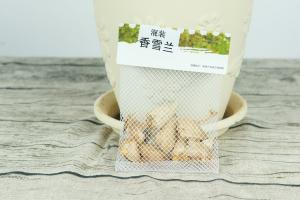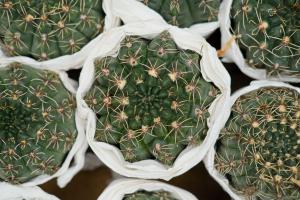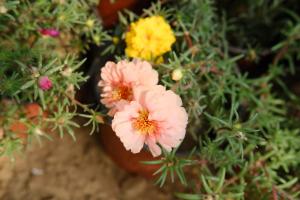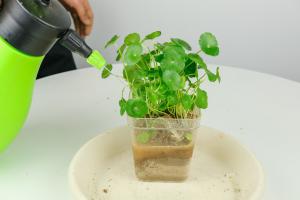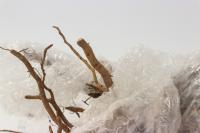1、 Soil:
Sakura is suitable for cultivation in clayey soil and sandy soil rich in organic matter (pH 5.5 to 6.5). Do not use dry soil for cultivation
2、 Illumination:
Sakura Oshima is a strong positive tree species. It likes light naturally. During cultivation, every tree should be able to receive sunlight, which can promote the growth rate of Sakura Oshima
3、 Watering:
The root system of Sakura Oshima is shallow, and it is easy to rot if the water is too large. The soil should not be too wet or ponding, otherwise it will cause root rot and affect flowering. Generally, it can be poured once every 2-3 months
4、 Fertilization:
Sakura Oshima needs to be fertilized twice a year, mainly acid fertilizer. Organic fertilizer should be applied once in spring and once in winter; Fertilize once after falling flowers, and apply ferrous sulfate, calcium superphosphate and other fertilizers
5、 Pest control:
1. Diseases: the main diseases of Sakura Oshima are gum disease and root nodule disease. They will harm the roots of Sakura Oshima, resulting in its failure to grow normally. When diseases are found, the tumor at the root of the diseased tree can be removed, and the soil disinfection treatment can be carried out at the same time to improve the soil environment
2. Insect pests: Oshima Sakura's main pests are aphids and red spiders. They suck the juice of leaves and affect the normal growth and growth of plants. They can be sprayed 1-2 times by spraying with 90% times of 800~1000, which can effectively control their harm. p>

 jackfruit
jackfruit snake plant
snake plant hibiscus
hibiscus hydrangea
hydrangea lavender
lavender Green roses climb al...
Green roses climb al... If you don't pay att...
If you don't pay att... Management of four g...
Management of four g...